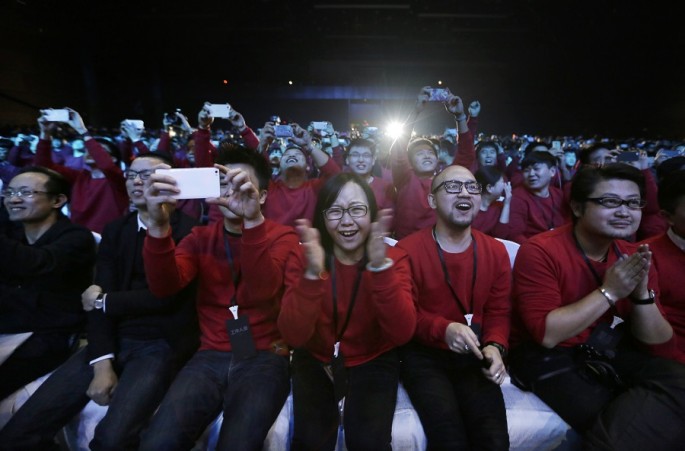One smartphone manufacturer after another has emerged in China, resulting in steep competition in the industry that just returns less profits for the companies. The smartphone industry is now described as overcrowded.
According to Beijing Morning Post, more Chinese hardware and software makers have burgeoned in the past few months. Companies such as 360 Security, LeTV, Gree Electric, Meitu, Datang and more others have announced that they want to have a piece of the smartphone market by launching their own handsets.
Many are attracted to the market for its promised profits. The new Internet-based handset makers observed that home appliance makers, PC makers, and telecom equipment providers who jumped ship and also offered their own mobiles earned money.
In addition, almost all industries are already embracing the use of digital and Internet technology, so it is easier to engage in cross-sector initiatives, specifically getting into the mobile industry.
Market analysts, however, are pessimistic about the growth and the future of these latecomers. According to them, the Chinese smartphone market has already been shaped by the earlier largest phone manufacturers: Huawei, Xiaomi, OPPO and VIVO.
These manufacturers already established their successful business models in 2014 and the latecomers would find it difficult to make profits if they would not be able to offer something different.
Small players who cannot differentiate or innovate through their software and apps would find it difficult to attract customers or convince customers to try their phones.
The number of small-scale handset manufacturers peaked in the first half of 2013, with nearly 700 vendors competing for a chunk of the smartphone market. The number was already reduced to 150 in 2014, and it is still likely to decrease this year.



























